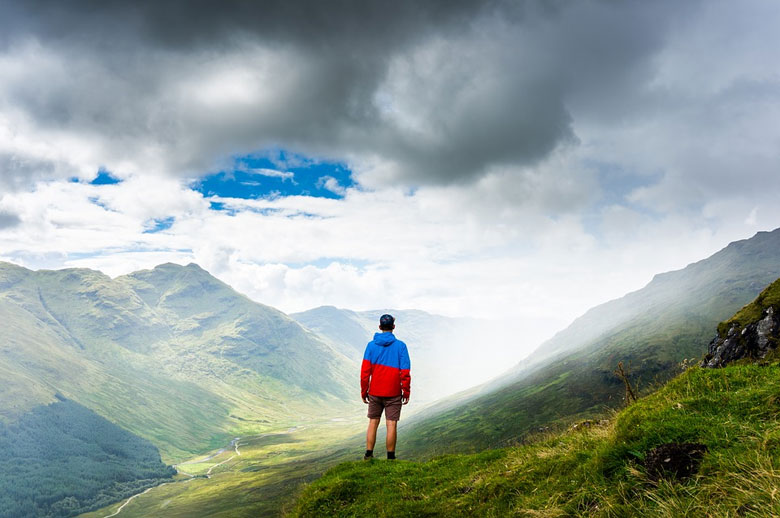Here is list of top 7 adventure activities for tourists visiting Himalayas:-
#1. Fishing

Fishing
Fish for trout in the Pabar River near Rohru, a two-day trip from Shimla, or in the Larji River, at its confluence with the Tirthan River over the Jalori Pass. You can also catch trout in the Uhl River, near Barot, and in the Sangla. Try for mahaseer (a Himalayan river fish) in the Beas, near Dharamsala. Aquaterra Adventures can help you get the appropriate license and take you to good fishing spots in each district. There is no bag limit for mahseer, but conservation efforts dictate that you keep only as much trout as you can eat. The fishing season is March to October. You can rent poles here, but serious anglers should bring their own equipment.
Tirthan River – The Goshiani Guest House, on the road past Larji, is a rare find, a cedar guest house set in a garden and orchard (which helps sup-ply superb meals) on the Tirthan River. Owner Ranjiv Bharti is also a fishing guide who knows where those wily browns live. The house is a few miles past the trout hatchery on the opposite side of the river; you ride in a basket across the roaring stream—a sound that later fills your room as you fall asleep thinking of tomorrow’s catch. Buy your fishing license in Larji before you head up the valley.
#2. Jeep Safaris
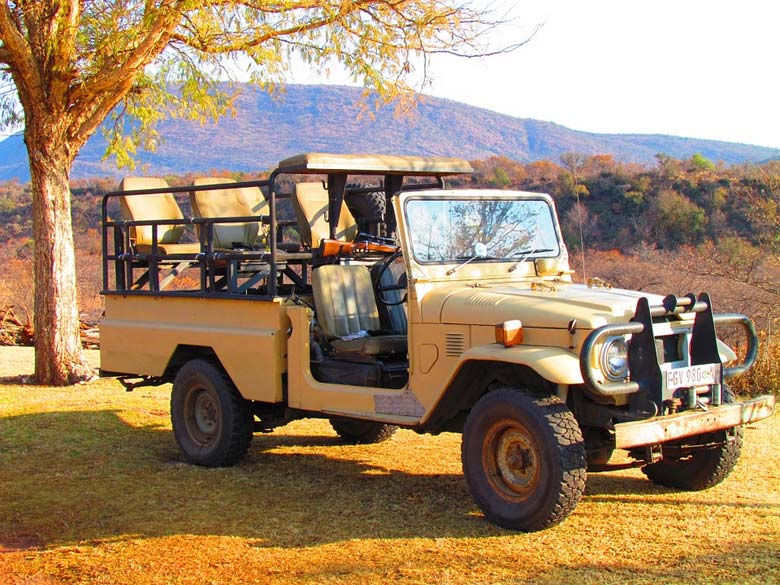
Jeep Safaris
Manali-Leh – Many companies offer jeep trips from Manali to Leh, so the route can be crowded with vehicles. Take three days to enjoy the show-shopping vistas as you scale four passes, cross high-altitude plains, and wend your way through valleys.
Shimla-Kullu – This two- to three-day drive follows a newly opened road along the old colonial route from Shimla to Kullu over the Jalori Pass (11,230 ft). You’ll get plenty of ups and downs as you drive through mountain forests, across alpine valleys, and past enchanting Gaddi villages, where you get a nice glimpse of Gaddi culture.
Book Himachal Pradesh packages with Swan Tours at best prices or call 011 234145601.
The route climbs past lakes bordered by modest wooden temples, and you cross the pass with views of Spiti and Kinnaur peaks. Camp near the pass by an old British Public Works Department bungalow-its garden is open mid-April to June and September to October.
#3. Mountain Biking
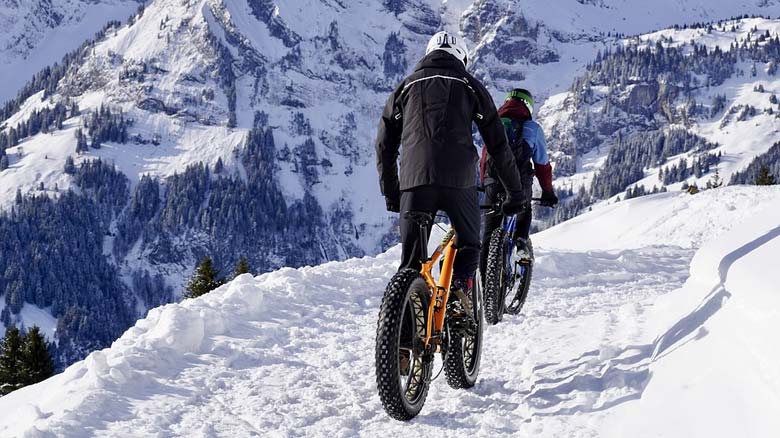
Mountain Biking
Manali-Leh Highway – This spectacular ride can be completed by avid bikers in eight days. More time is recommended, however, as there is plenty to see along the way, including spectacular scenery and views from 16,000-ft passes. The terminus, Leh, offers well-deserved rest and some monastery visits. A white-water rafting trip on the Indus River caps off this exciting tour, making it a kaleidoscope of activities. While this is the only road to Leh, traffic is not bad, and mountain drivers tend to be much more considerate than their counterparts on the plains. You must bring your own bike, but a support vehicle accompanies the group. The trip is only feasible from July through September.
#4. Pony Treks

Pony Treks
Kangra Valley – We highly recommend a Kangra Valley pony trek for experienced riders, who can enjoy lovely Himalayan views from high-spirited polo ponies owned by the family of the former maharaja of Kashmir. Wandering through meadows and forests, you visit Kangra villages and a Tibetan monastery, and spend each night in a tent at various idyllic campsites. One five-day trip is usually scheduled in May, but customized trips can be arranged from April through June and mid-September through October.
Kinnaur To Spiti – This five-day trek starts at Kafnoo, in Kinnaur (a little beyond Wangtu), and climbs over the 16,000-ft Babha Pass to reach the village of Muth in the Pin Valley, a land of ibexes and snow leopards. The trip combines the greens of Kinnaur with the stark desolation of Spiti. Return to Delhi via Manali or Shimla. The total round trip front Delhi is about a week and a half, but you can extend it to as long as three weeks to include visits to the various monasteries and high-altitude villages and even fossil-hunting, usually in Spiti.
#5. Rafting
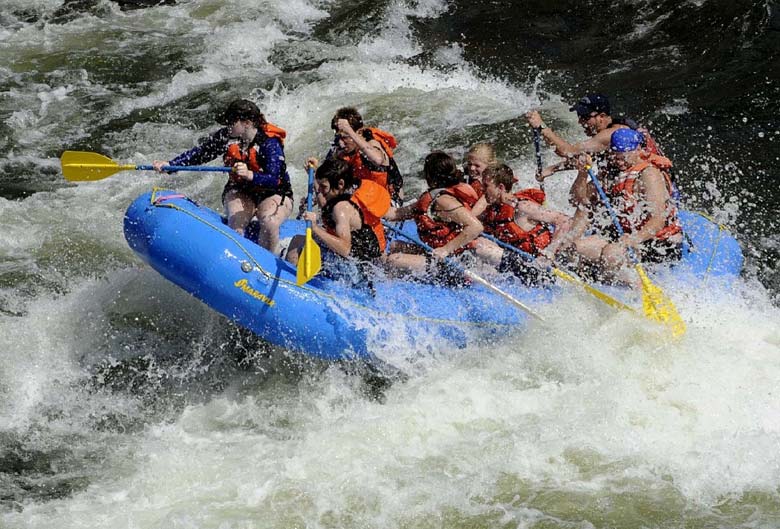
Rafting
Spitz River – Offered July through August only, this wonderful 12-day adventure from Manali to Shimla includes a three-day run on the scenic Spiti River, surrounded by mountains, and sightseeing drives and day hikes to historic monasteries and villages. This trip is not for hard-core rafters—its cultural aspects are as important as its physical adventure. No experience is required, but you must be fit for the high altitude.
#6. Skiing

Skiing
Manali – For those with a penchant for danger and a wallet full of cash, Manali now has a heliskiing outfit. In the midst of 20,000-ft peaks, the skiing can begin as high as 16,000 ft! The powder is said to be exceptional and the snow-pack, deep. Breathing can be difficult and avalanches are the rule, but Himachal Helicopter Skiing is a wholly professional operation, with Kiwi guides, a Canadian pilot, and a Swiss helicopter. All packages include 100,000 ft of vertical skiing; six days of guide service, skiing equipment, and the use of an avalanche transceiver; nights’ lodging at Manali and all meals; escorted transfers trout to Manali and back; and local taxes.
#7. Trekking
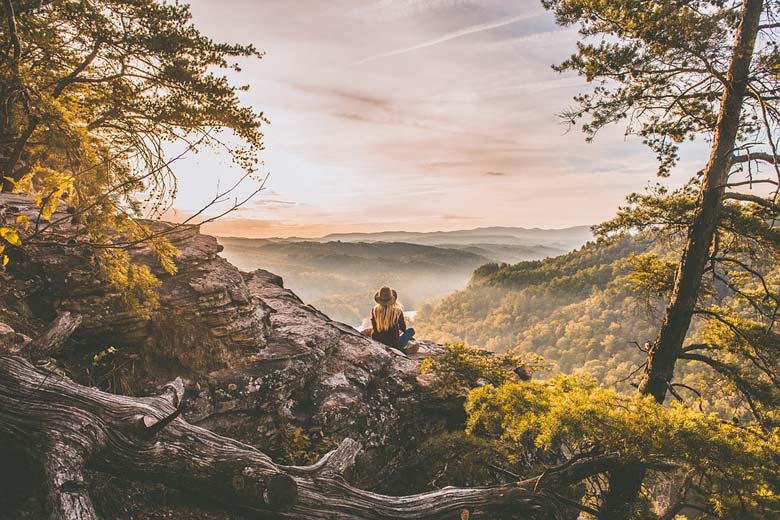
Trekking
Dhauladhar – Starting at McLeod Ganj (Upper Dharamsala), in the Kangra Valley, at about 6,000 ft and passing over the mighty snowbound Dhauladhar Range, this trail ends at Machhetar, in the Ravi Valley. You follow the traditional migratory and grazing route of the Caddis, who tend their flocks throughout the summer on the high alpine meadows adjoining the Dhauladhar and Pir Panjal ranges. Moving through forests of pine, oak, fir, and ash, the trail passes through open grazing areas and flowering meadows above the timberline. Wildlife such as black and brown hears, red foxes, and leopards, though hard to spot, inhabit: these upper regions. An 18-day round trip from Delhi, this trek is best undertaken in early June or September—October. A shorter, six day trek goes over the range from Dharamsala to Rharmaur.
Lahaul-spiti-Kinnaur – Many tour operators lead this popular moderate (hut high-altitude) 1 7-day trip, with a 13-day trek that starts when you drive from Manali across the Rohtang Pass (13,048 ft) into Lahaul to Patties village. From there you head over Raralacha Pass (16,016 ft), with its astonishing mountain panorama, cross Kunzum Pass (15,055 ft) Spiti, where you follow the Spiti River to the villages of Losar and Hansa. You visit La-Darcha, the site of a popular trade fair attended by Tibetans and Ladakhis, and then head to Kibber village (133-46 ft), the highest Asian village accessible by road. Following a mountain ridge, you’ll visit some Buddhist monasteries, then drive through the Pinn, Valley and see some more key village’s and monasteries, including, Tabo, before continuing to Kinnaur and then Shimla.
Manali-Bir – This fantastic, moderate-to-strenuous two-week trek takes you from the Kullu into the Kangra Valley along a lesser-known high-altitude route. From Manali, you enter evergreen forests that lead to the Nianaslu Valley, where you follow icy streams, cross alpine meadows, and catch great views of the Kullu Valley en route. Crossing the Kalihevni Pass (15,500 ft), where the landscape changes to patches of snow and glacial moraines, you see distant views of Buddhist La-haul. You traverse a glacier and enter the Sunni River valley, with its meadows and gorges. A snow bridge leads to forests and Baraban-gal village, an isolated valley home of some Gaddi shepherds. Your next stop is the base of Thamser Pass (15,750 ft); from here, you travel through meadows and by lakes and waterfalls until you enter the Kangra Valley and the Tibetan settlement in Bir. This trek is offered in June and September only.
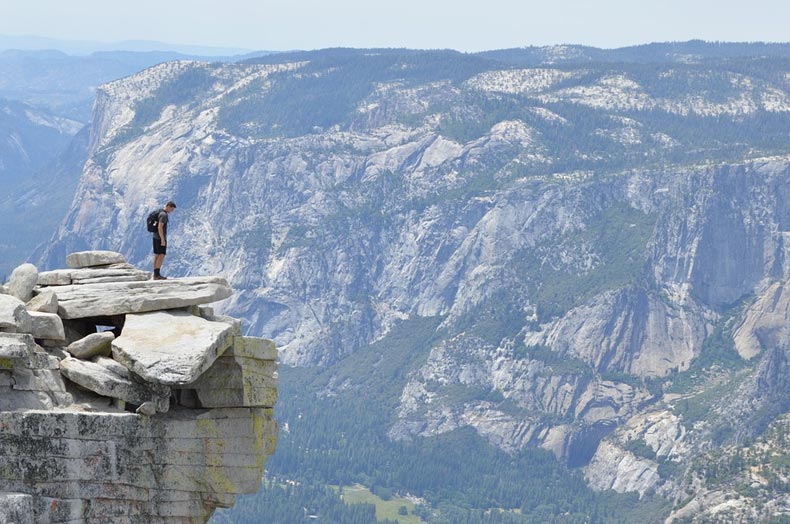
Adventure Sports in Himalayas
Manali-Leh – This strenuous, extremely popular 10- or 20-day trek starts after a drive across the Rohtang Pass and the descent into Lahaul. Expect to ford snow-ted streams, cross a high-altitude pass into Ladakh’s Zanskar district, visit ancient monasteries and typical Buddhist villages, and experience a panoramic lunar landscape. YOU can take a jeep from Padam, the district headquarters in Zanskar, or continue trekking to Leh, the capital of Ladakh. The most rigorous mute includes four more passes. Each version is rugged but stunning, with multihued mountains, jagged glaciers, and green village oases. You’re apt to see trader’s leading horses laden with goods, and many, many foreign trekkers. The route is available mid-July to mid-September.
Sangla – We recommend this moderate, 1 1-day kinnaur trek, which starts after a drive from Shimla to Sarahan and gives you a chalice to see the Kinnauri culture. Between May and October you can walk through forests, cross streams and old bridges, follow a mountain ridge with great views, and see ancient temples steeped in Kinnauri Buddhist mythology. Count on plenty of up- and downhill walking and a steep climb over the Shibaling Pass. You can also expect forest or meadow campsites near streams, and visits to typical villages such as Sangla and Chitkul (the highest village in the valley), where many residents create exquisite Kinnauri wool shawls on hand looms.
Swan Tours, Delhi, India can customize travel packages to the North Indian Himalayan states of Himachal Pradesh and Uttarakhand, For further details call 011-23415601.
